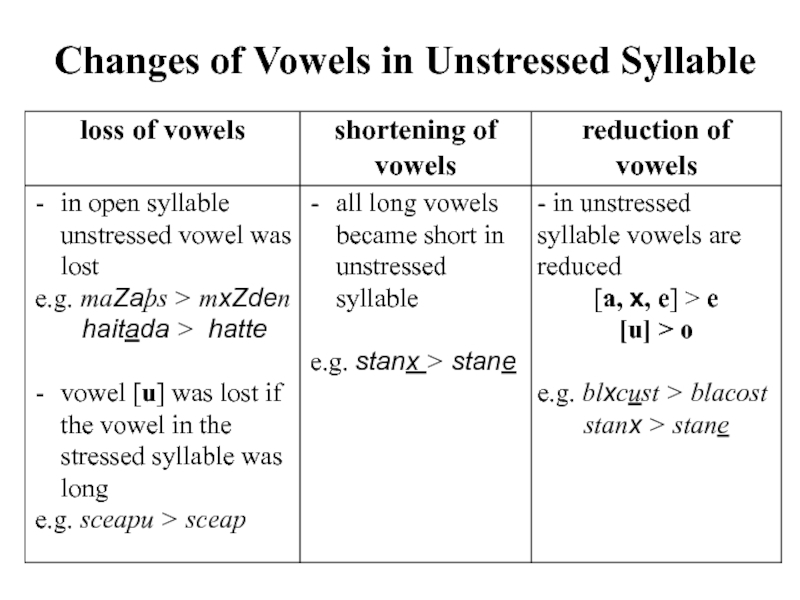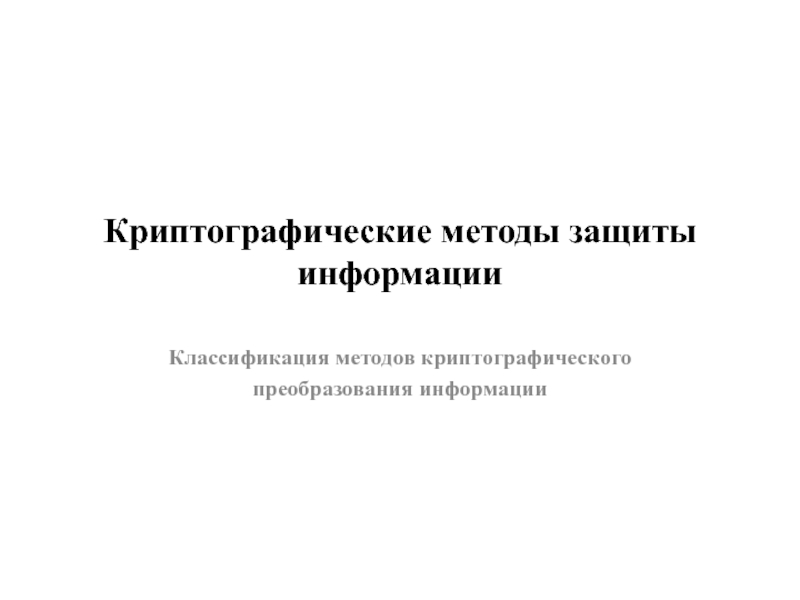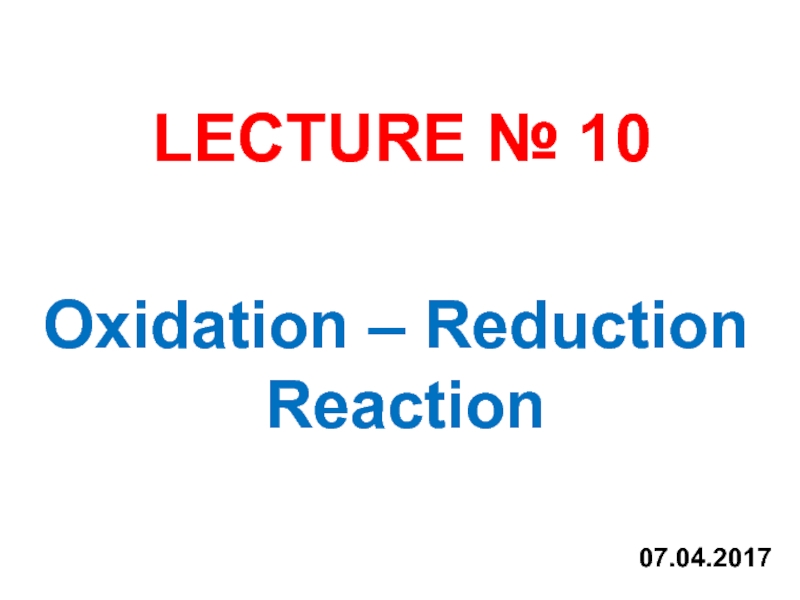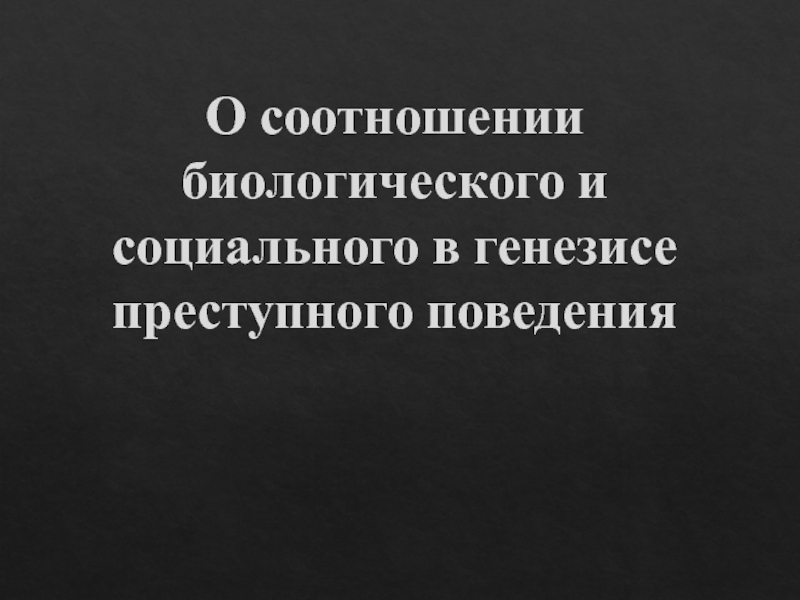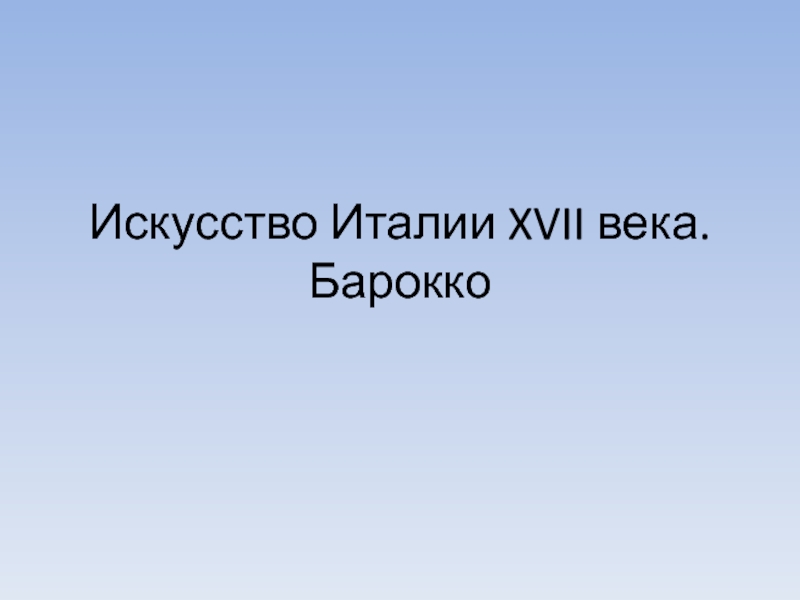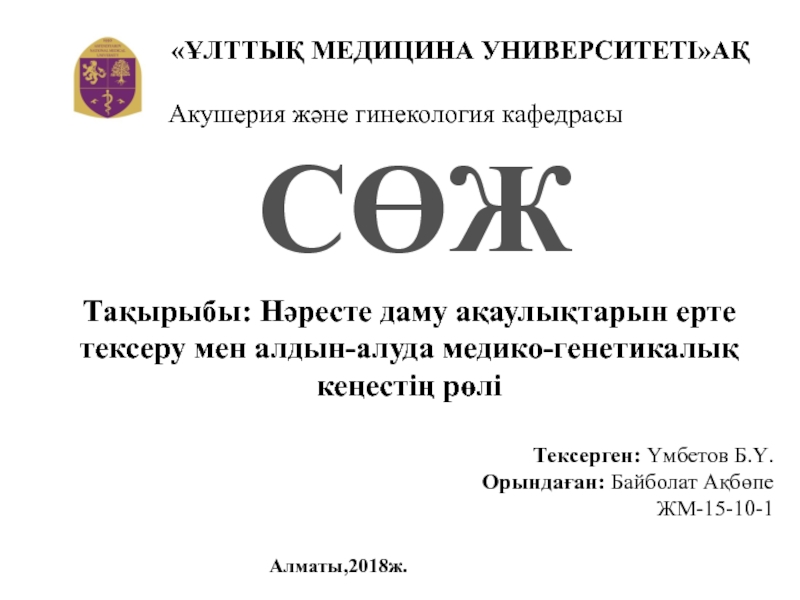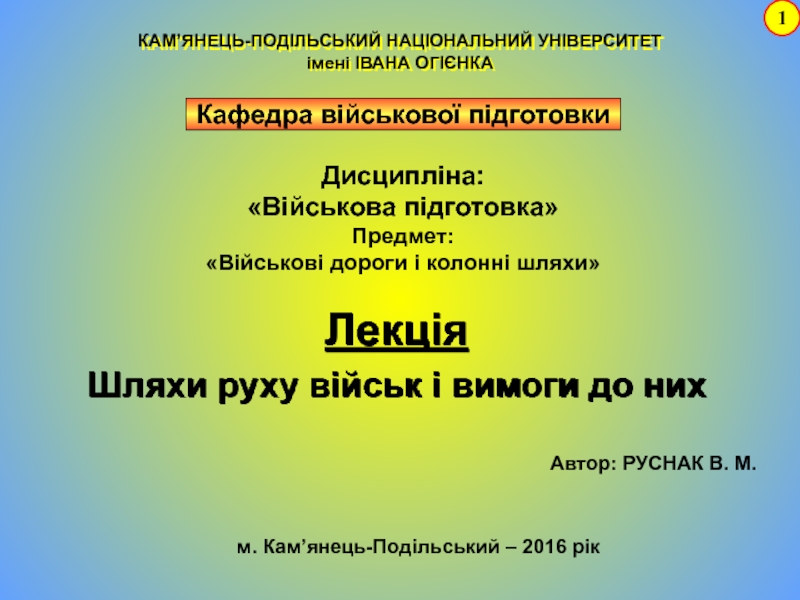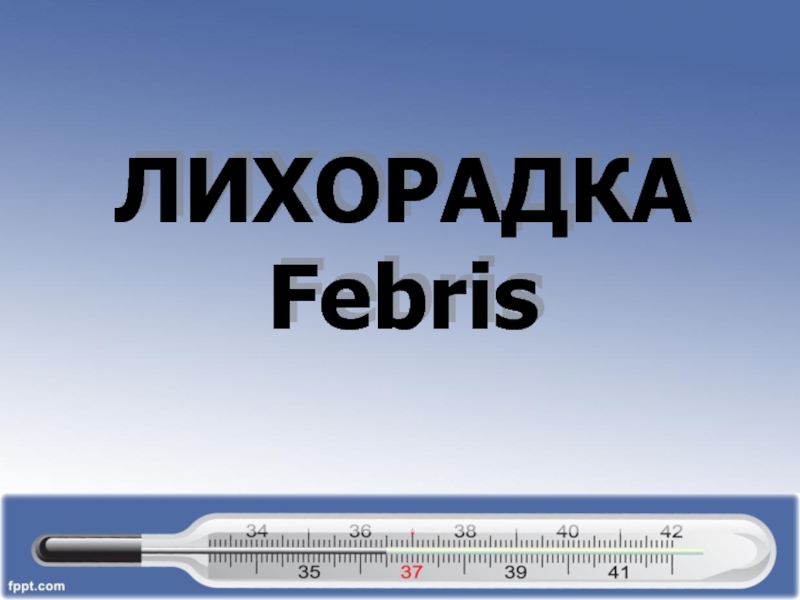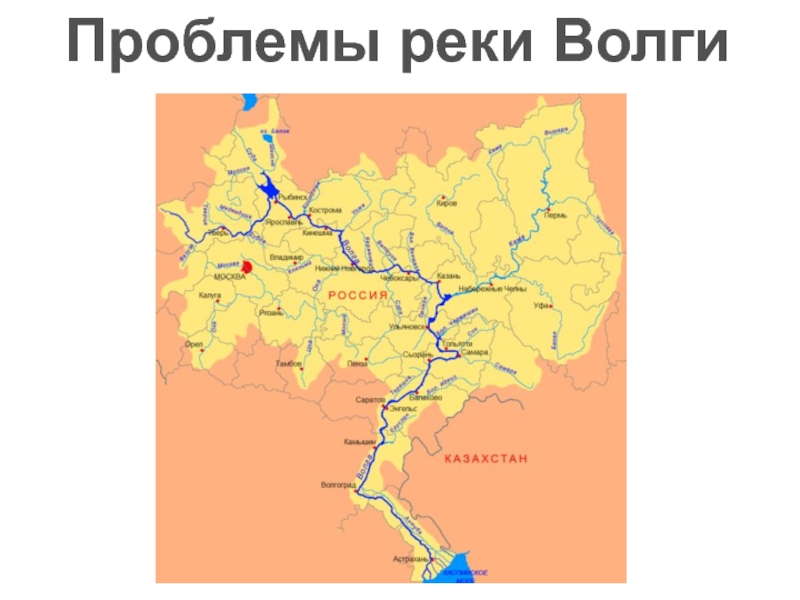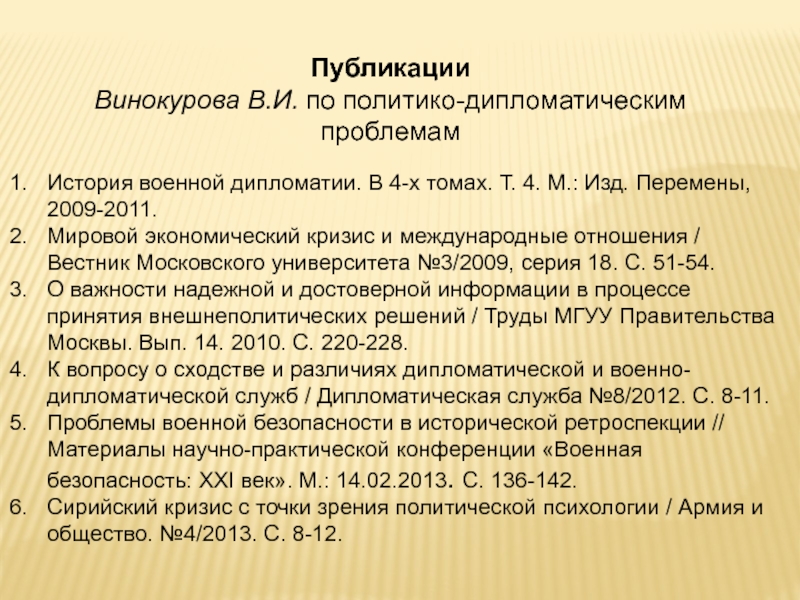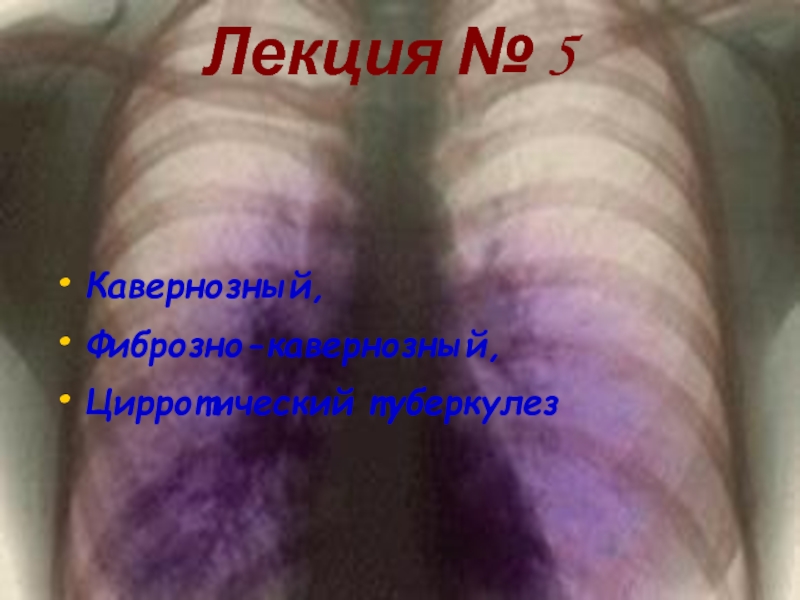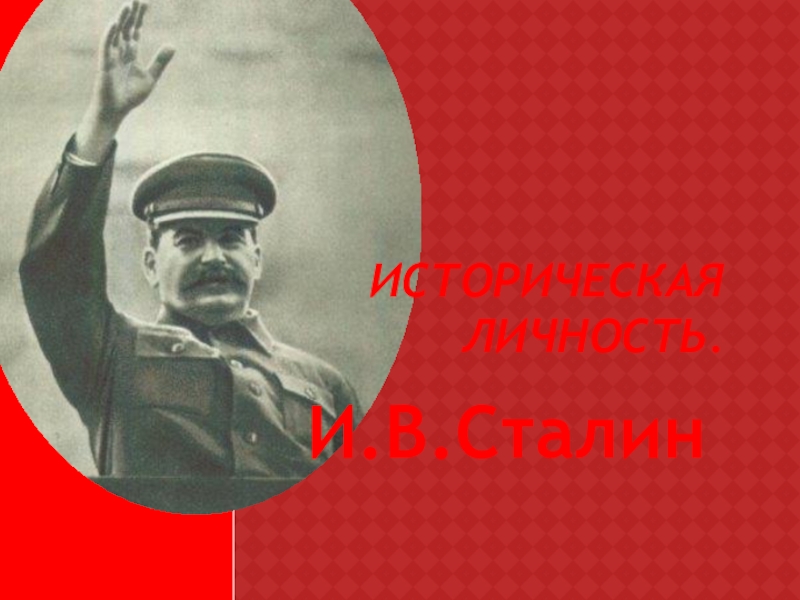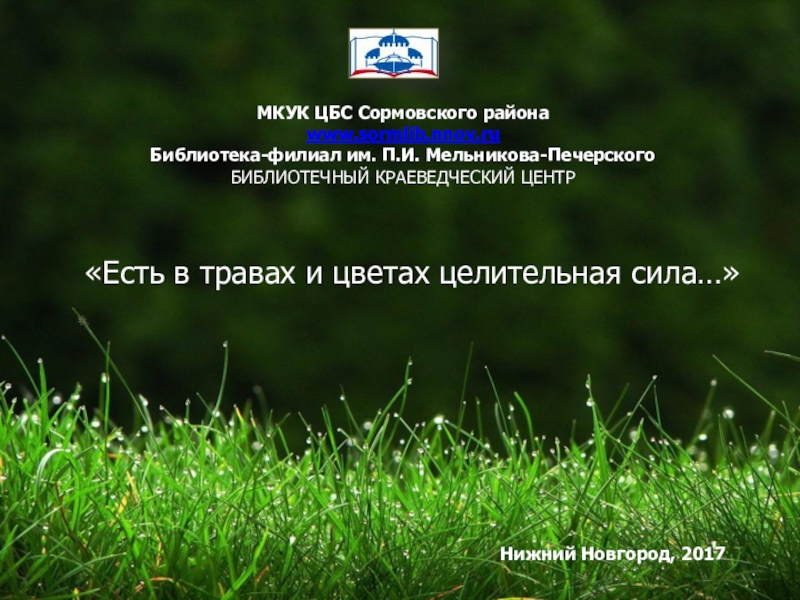Разделы презентаций
- Разное
- Английский язык
- Астрономия
- Алгебра
- Биология
- География
- Геометрия
- Детские презентации
- Информатика
- История
- Литература
- Математика
- Медицина
- Менеджмент
- Музыка
- МХК
- Немецкий язык
- ОБЖ
- Обществознание
- Окружающий мир
- Педагогика
- Русский язык
- Технология
- Физика
- Философия
- Химия
- Шаблоны, картинки для презентаций
- Экология
- Экономика
- Юриспруденция
OLD ENGLISH ALPHABET AND PRONUNCIATION
Содержание
- 1. OLD ENGLISH ALPHABET AND PRONUNCIATION
- 2. The coming of
- 3. Old English forms of the
- 4. P thorn P wynn (printed as
- 5. The letters v and z were not
- 6. By comparison with Modern English,
- 7. Ways of Reading Letter Z
- 8. Слайд 8
- 9. Слайд 9
- 10. Слайд 10
- 11. The Old English Phonetic Structure (Vowels)
- 12. The Old English Phonetic Structure (Consonants) Occlusive
- 13. Constrictive
- 14. Breaking x > ea
- 15. Palatal Mutation a
- 16. Exceptions from Palatal Mutation Palatal mutation
- 17. Double Mutation In words
- 18. Traces of Palatal Mutation in
- 19. 3. In some verbs formed from nouns
- 20. Back Umlaut Front vowels
- 21. Lengthening of Vowels1. The rejection of nasals
- 22. 2. The loss of /h/ before
- 23. 3. As a result of contraction: slaZan > sleaZan > sleaan > slean
- 24. Consonantal Changes Palatalisation of Initial
- 25. 3. Later the palatal consonants turned into
- 26. If the vowel was not
- 27. Changes of Vowels in Unstressed Syllable
- 28. Скачать презентанцию
The coming of Christianity in 597 AD introduced Latin literacy to England, which was followed by attempts to render the English language in the letters of the
Слайды и текст этой презентации
Слайд 2
The coming of Christianity in 597
AD introduced Latin literacy to England, which was followed by
attempts to render the English language in the letters of the Latin alphabet.Слайд 3 Old English forms of the Latin letters were
very different from modern printed forms and in addition OE
used some letters no longer found in English:D – eth, Z – yogh (it is printed as g in modern editions). These two letters were derived from Irish Latin.
Слайд 4 P thorn
P wynn (printed as w in modern
editions)
x ash (Latin digraph)
Thorn and eth are
equivalent to “th” in the Modern spelling system.
Слайд 5The letters v and z were not normally used in
OE texts, and their roles were filled by f and
s. The letters f and s stand for voiced fricatives between vowels / a vowel and a voiced consonant.e.g. ofer [ 'Ovqr], risan ['rJzan]
The same with p and D: oDer ['LDqr], wyrpe ['wyrDq]
Слайд 6 By comparison with Modern English, OE was written
relatively “phonetically”. So when reading, each letter is individually sounded
even double consonants and in the initial position as in hring, hlaford, writan, cnihtVowels had a similar value to those in Latin.
Слайд 14
Breaking
x > ea
e > eo
if they were followed by i > io r, l, h + consonant or single h
e.g. xrms > earm
cxlds > ceald
werc > weorc
lirnen > liornen
Слайд 15
Palatal Mutation
a
o u
(if followed by i, j)
x e y
e.g. Laisjan > OE Lxran
fodian > OE fedan
Luttil > OE Lytel
Слайд 16
Exceptions from Palatal Mutation
Palatal mutation didn’t take place:
1) due to
the failure of chronological coincidence
e.g. folcisc (folk)
2)
if sound i was stressede.g. an'lic (only)
3) due to the restoration of unmutated vowels from cognate words
e.g. mod, n modiZ, adj
Слайд 17
Double Mutation
In words consisting of three syllables
a, o, u / u / i the vowels
of the first two syllables became front:e.g. OS arundi – OE ærende
OS saturni-dæZ – OE sæterndæZ
Слайд 18
Traces of Palatal Mutation
in Modern English
1. In some plurals
of nouns
e.g. man – men
2. In some
abstract nouns formed from adjectivese.g. strong – strength
Слайд 193. In some verbs formed from nouns
e.g. food
– feed
4. In some verbs formed from adjectives
e.g.
full – fill5. In some comparatives
e.g. old – elder – eldest
Слайд 20
Back Umlaut
Front vowels x, e, I turned into
diphthongs
if the following syllable contained a back
vowel – a, o, ue.g. x > ea cxru > cearu
e > eo hefon > heofon
i > io silufr > siolufr
Слайд 21Lengthening of Vowels
1. The rejection of nasals before fricatives:
OHG Zans – OE Zos
sinþs –
siþ, uns - usСлайд 24
Consonantal Changes
Palatalisation of Initial Consonants
1. Initial consonants [k, g, g]
were palatalized and turned into [k', g', g']
e.g.
ceap, senZian, Zear2. Combination sc was always palatal
e.g. scip
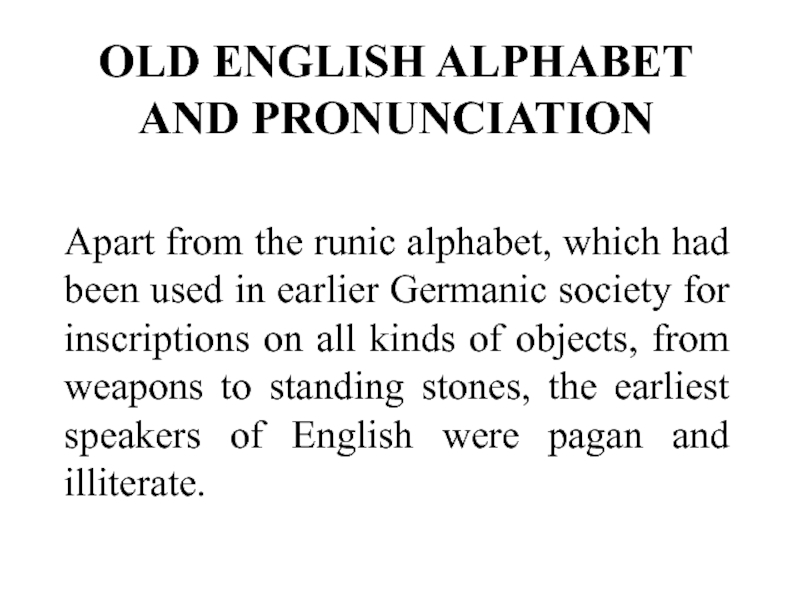

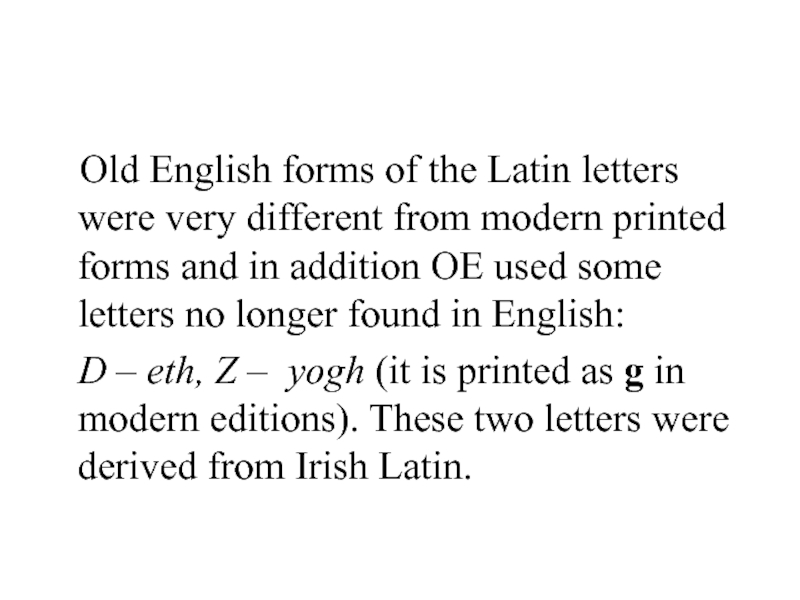





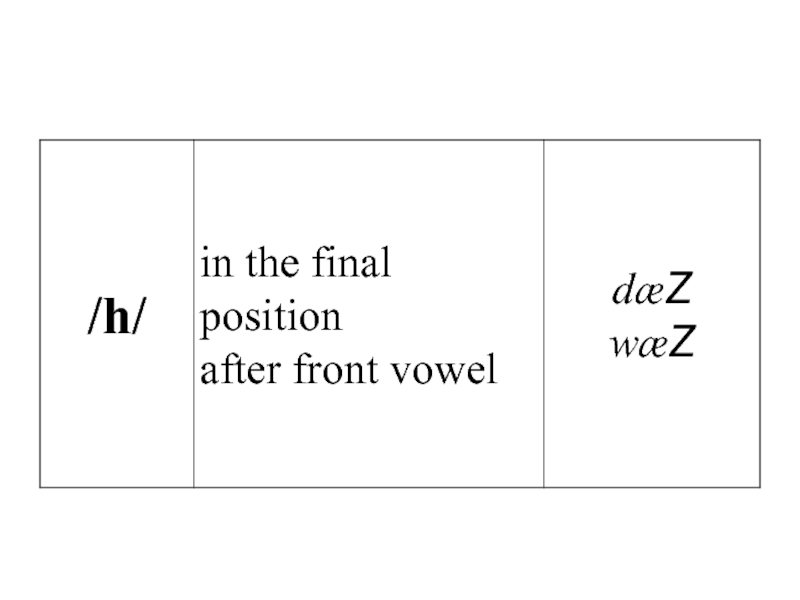
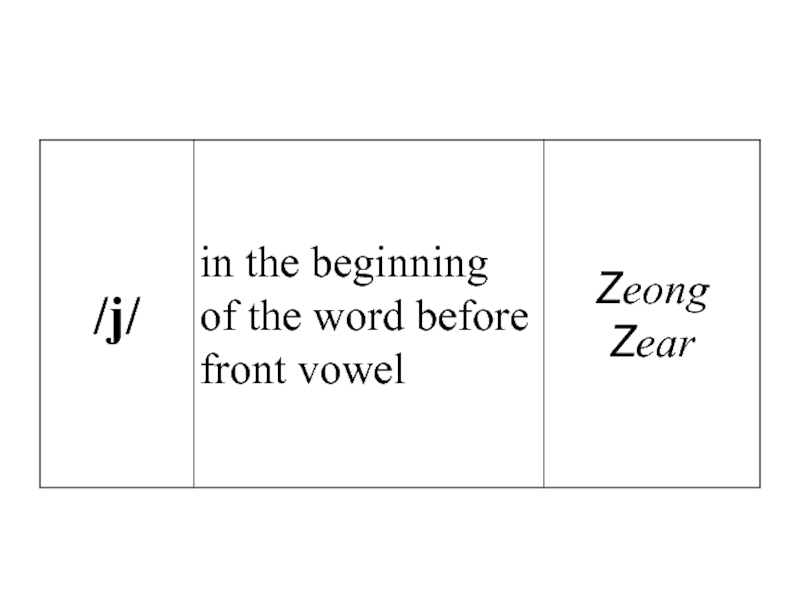





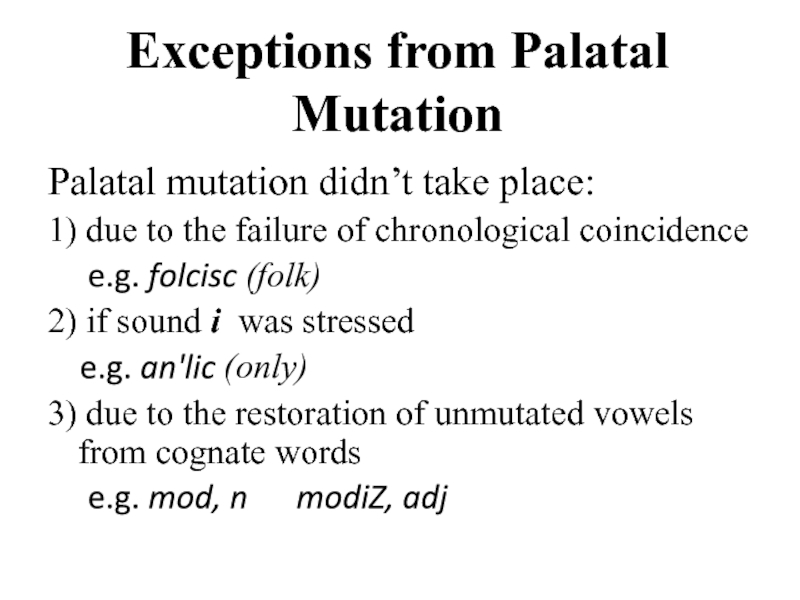
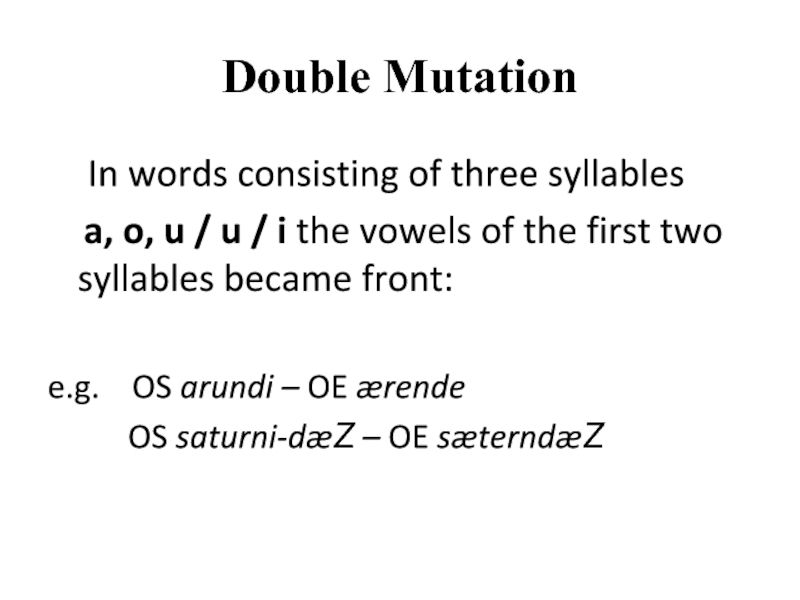



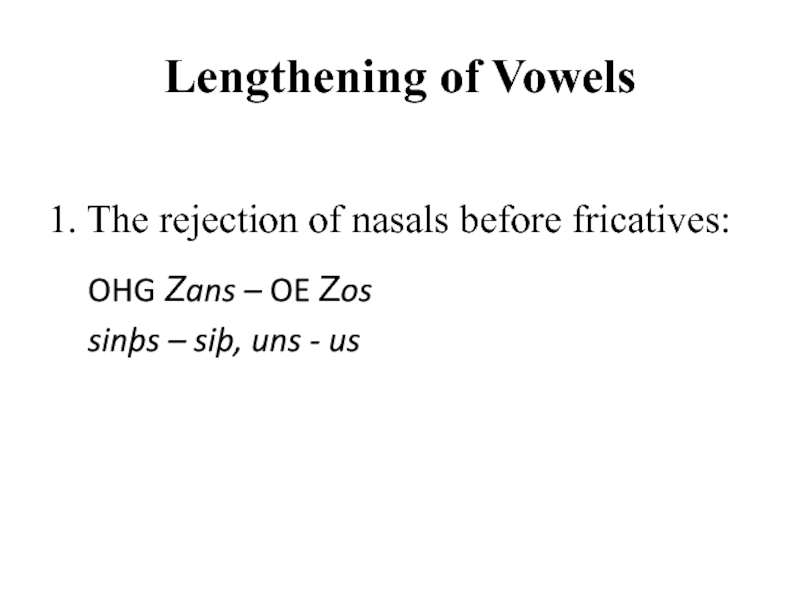

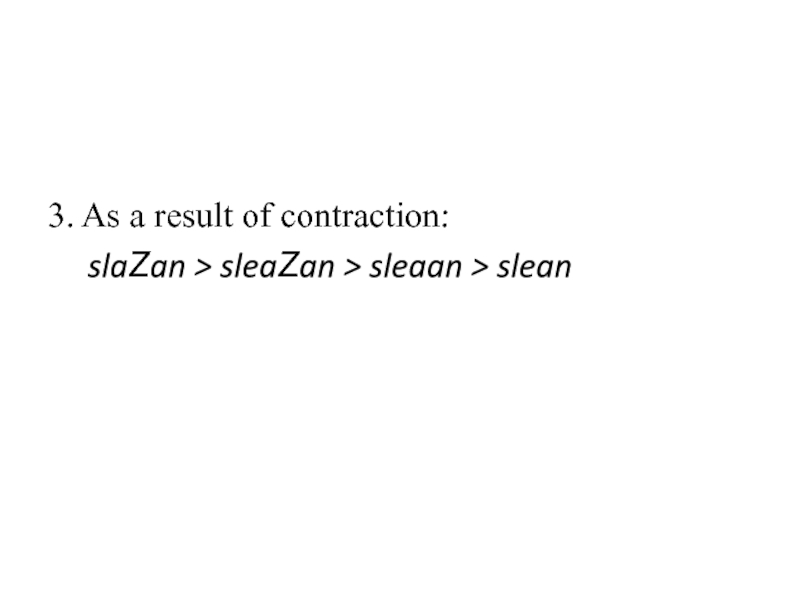
![OLD ENGLISH ALPHABET AND PRONUNCIATION Consonantal Changes Palatalisation of Initial Consonants 1. Initial consonants [k, Consonantal Changes Palatalisation of Initial Consonants 1. Initial consonants [k, g, g] were palatalized and](/img/thumbs/482ed7f40a9adc1edd02b580e51d66a3-800x.jpg)


